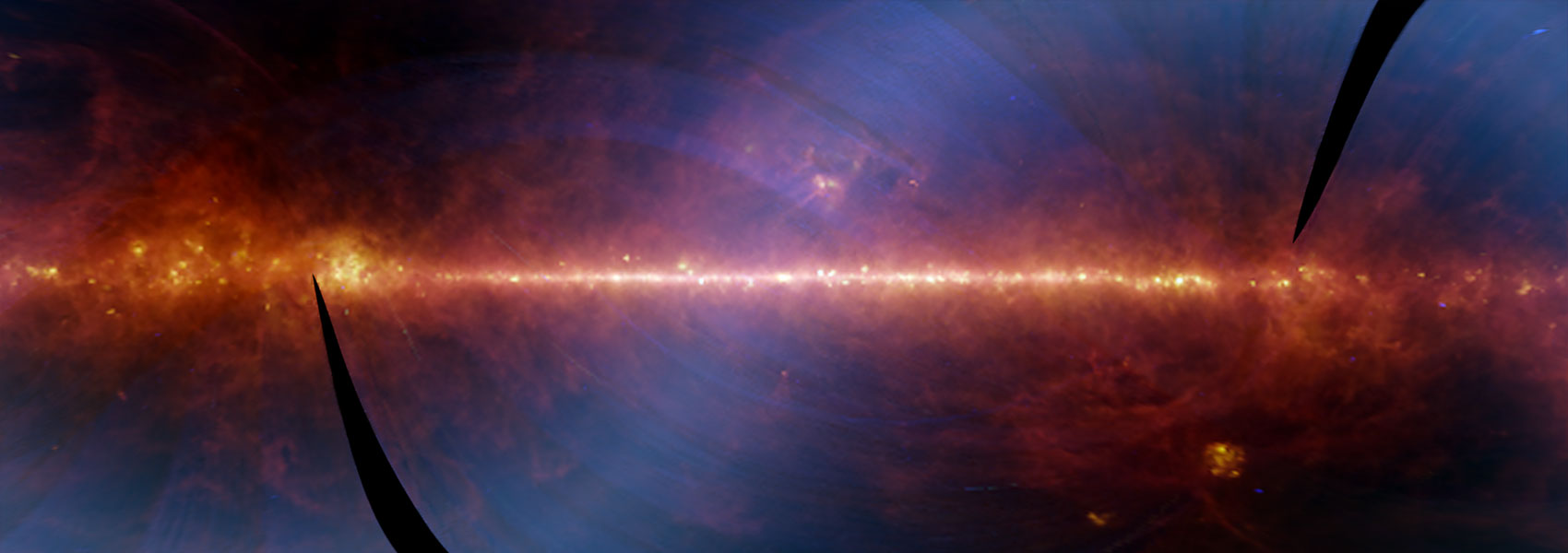Planetary Science through Ultraviolet Spectroscopy // Ultraviolet Spectroscopy is a powerful tool for remote sensing surfaces, atmospheres, and magnetospheres of planetary bodies. Southwest Research Institute has designed, built, and flown four ultraviolet spectrographs on planetary science missions to date, with two more in the works. All six of these spectrographs are based around the same basic optical design: a Rowland Circle spectrograph fed by an off-axis parabolic telescope. However, each spectrograph features slight design modifications tailored to maximize science return for its respective mission. The first, Alice for the Rosetta mission, featured the basic optical design tailored to a 70-205 nm bandpass, and launched in March 2004. The second, Alice for New Horizons, featured a shorter bandpass (52-187 nm) as well as a pinhole/pickoff mirror combination designed to observe the Sun at 30 AU, and launched in January 2006. The third, the Lyman-Alpha Mapping Project for the Lunar Reconnaissance Orbiter (LRO-LAMP), was a near build-to-print of NH-Alice that removed the solar occultation channel in favor of a Lunar Terminator Sensor (LTS) to enable autonomous door operation when crossing the lunar terminator. LRO launched in June 2009. The fourth, the Ultraviolet Spectrograph for Juno (Juno-UVS), featured a scanning mirror to allow UVS to observe outside the Juno spin plane. Juno-UVS also incorporated radiation shielding to protect its detector and electronics from the harsh Jovian environment. Juno launched in August 2011. The fifth, the Ultraviolet Spectrograph for ESA’s JUICE mission (JUICE-UVS), incorporates a number of technological advances that have occurred in the 20 years since R-Alice was developed. JUICE-UVS also re-introduces the solar occultation mode introduced by NH-Alice, and is scheduled to launch in June 2022. JUICE also contains radiation shielding enhancements based on Juno-UVS experience. The sixth, the Ultraviolet Spectrograph for the Europa Clipper (Europa-UVS), incorporates the same advances as JUICE-UVS with some minor design details tailored for the Europa Clipper mission. Europa Clipper is scheduled to launch in summer 2022. Results from the four spectrographs with flight heritage will be presented. The expected results from the two spectrographs in development will also be presented.



